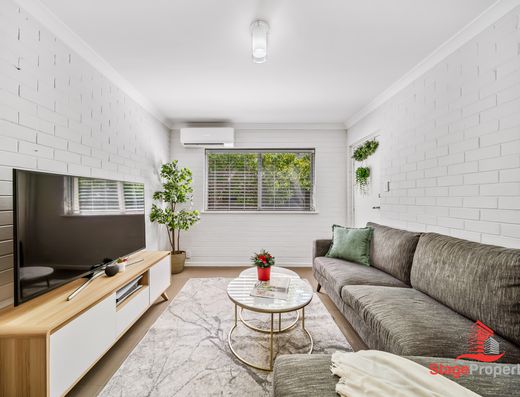Environmental impacts of artificial grass
A beautiful green lawn can be the finishing touch to a dream home, although these days a closer inspection may prove it’s not real grass at all.
Synthetic turf is increasingly popping up in Aussie yards, and while it can be an excellent low-maintenance alternative, some are questioning its impact on the planet.
Find out the effects of artificial grass and why some are concerned with its environmental negatives.
What are the negatives of artificial grass?
There are some cons to synthetic grass, particularly when it comes to the environment.
Speaking with Lawn Solutions Australia Technical Manager, Joe Rogers, these are the main three:
Con: More landfill
It’s a common misconception that fake grass lasts forever. Lawn Solutions Australia Technical Manager, Joe Rogers, says it gets damaged and worn like any surface and will need to be replaced.
The bad news is that synthetic grass can’t be recycled.
“The thing is, you can’t dispose of it anywhere. It’s black rubber. So, if you want to get rid of it, it goes straight into landfill,” Joe warns.
Con: Litter in our waterways
Alarmingly, plastic from fake grass and bits of black rubber are ending up in our waterways.
Research by the Australian Microplastic Assessment Project (AUSMAP) found micro plastics from astroturf contributed to waste entering stormwater drains near sporting fields.
This is washing into our oceans and adding to the micro plastic that is increasingly becoming a problem in marine environments.
Con: Heat issues
This isn’t necessarily an environmental issue, but a con for those considering synthetic grass is that it can get dangerously hot under foot.
“The main con to synthetic turf is it gets incredibly hot,” Joe notes. “People think the answer in the middle of a shopping centre or around buildings is synthetic turf, but the heat effect is massive.”
Unnervingly, fake grass trapped so much heat it actually gets hotter than asphalt on warm days, according to a UK study.
What are the positives of artificial grass?
It’s also important to recognise that a faux lawn in your backyard does have some eco-friendly upsides too.
Pro: Saves water
Real grass needs water, a resource that often needs to be conserved in Australian homes – especially in summer.
The upside is artificial grass obviously doesn’t need water live, and only needs to be occasionally rinsed free of dust, dramatically reducing water wastage.
Pro: No mowing and other maintenance
Lawns need to be mowed, watered, weeded and fertilised – and a synthetic lawn can cut down this time and effort, and the environmental impacts associated.
For instance, unless you have an electric lawn mower, most are fossil-fuel guzzling monsters. Some fertilisers and weed killers can also provide risks to soil and wildlife.
Pro: Sustainable alternatives
It is early days, but new eco-focused players are entering Australia’s market and creating synthetic grass that is better for the planet. This includes grass made from sugar cane and other more bio-degradable materials.
While, still not “real grass” it cuts down pollution risks of plastic synthetic grass.
Is real grass better than artificial grass?
It’s widely acknowledged that synthetic grass does have a place in our urban landscape, especially when it comes to small, shaded areas and patios. There is also some cases that could be made for the environmental benefits of synthetic grass – in some cases.
But ultimately, Joe finds synthetic turf has more negative impacts on the environment and the liveability of homes. Here are the reasons why real grass might be the best alternative.
1. Carbon reducing
“Grass is a natural carbon sequester, so it absorbs carbon and emits oxygen,” says Joe.
He says even a small lawn will help lessen a household’s carbon footprint over the long term.
2. Naturally cooling
Grass acts as a natural air conditioner, making a lush green backyard a very pleasant place to be on a hot day.
Studies show grass stays up to 30 degrees cooler than asphalt or concrete, and much cooler than fake grass, Joe says. It also stops water from evaporating from the soil.
3. Bushfire protection
Lawns can be a natural firebreak. When mowed to under 10cm many types of green grass are highly resistant to fire and can play a role in stopping the spread of flames.
4. Traps Dust
Dust and loose soil get trapped by blades of grass and eventually become sealed under the roots, helping to compact the soil and keep it out of the atmosphere. This can help reduce dust storms, which are becoming more common in more recently developed neighbourhoods.
5. Wellbeing
Having a stunning green lawn in your backyard can potentially contribute to better mental and physical health.
Joe says studies are currently underway to see exactly what types of green space are necessary for better health. But he says anecdotally real lawns prove to be better, partially because real grass increases the amount of time you spend in outdoors.
“It’s just nicer,” he says. “It’s nice to touch and feel and we want to see natural areas where the kids are able to safely get outside and play.”
Source: realestate.com.au









